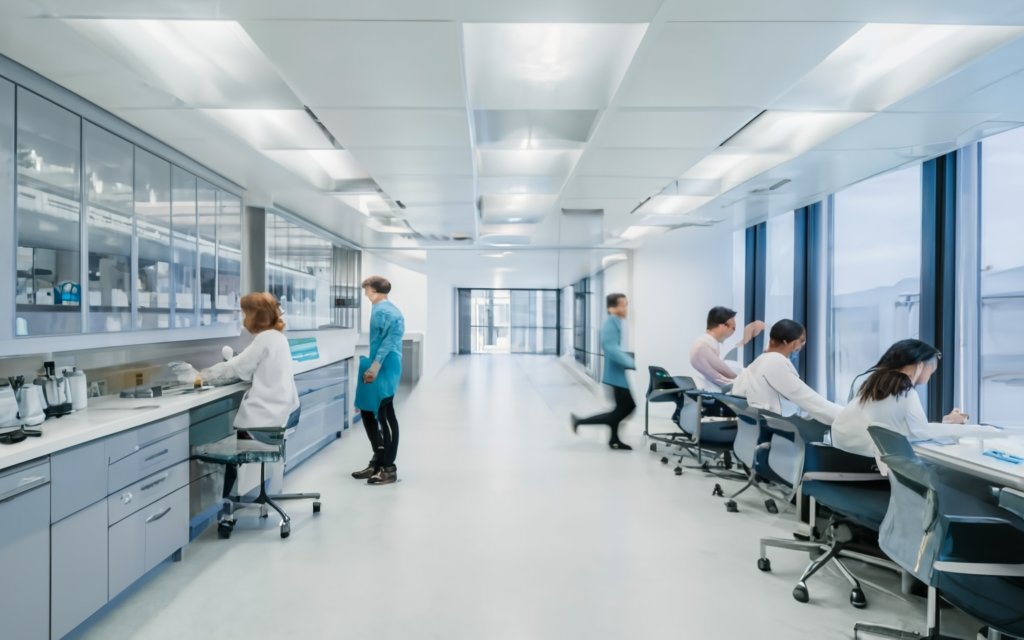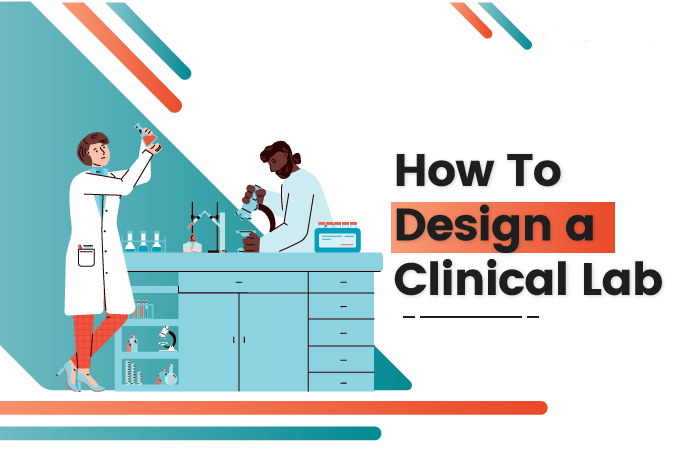Introduction:
Clinical laboratories play a crucial role in healthcare, serving as hubs for diagnostic testing, research, and medical advancements. Designing a clinical lab requires careful consideration of various factors to ensure functionality, safety, and efficiency. In this guide, we will walk you through the essential steps How To Design a Clinical Lab and requirements for designing a state-of-the-art clinical laboratory.
Clinical Lab Design Requirements: How To Design a Clinical Lab
Basic Equipment:
The foundation of any clinical lab is its basic equipment. From microscopes to centrifuges, ensure that your lab is equipped with the necessary tools for routine diagnostic procedures. Invest in high-quality equipment that meets industry standards for accuracy and reliability.
Large Machinery and Supplies:
Depending on the scope of your lab, you may need larger machinery and ample supplies. Consider the space requirements for equipment like PCR machines, mass spectrometers, and automated analyzers. Adequate storage for reagents, chemicals, and consumables is also crucial.
Safety Measures:
Prioritize safety by implementing measures such as fume hoods, emergency exits, eyewash stations, and fire extinguishers. Ensure that your lab complies with relevant safety regulations and guidelines to protect both personnel and sensitive experiments.

How Are Clinical Labs Designed?
Clinical Lab Design Layout:
The layout of your clinical lab should be well-thought-out to facilitate smooth workflow and communication. Consider zoning areas based on functions, such as sample processing, analysis, and storage. Create clear pathways to minimize congestion and enhance accessibility.
Spatial Division and Layout:
Plan the spatial division of your lab to accommodate different work areas seamlessly. Group related activities together, such as sample preparation and data analysis, to streamline processes. Allocate sufficient space for each work zone, ensuring that researchers and technicians have ample room to perform their tasks.
Storage Access and Availability:
Efficient storage is essential for maintaining an organized and clutter-free laboratory. Implement a system that allows easy access to commonly used items while ensuring secure storage for sensitive materials. Consider adjustable shelving and cabinets to adapt to changing storage needs.
Functional Workspaces:
Design functional workspaces that cater to the specific needs of your lab’s activities. Provide ergonomic furniture, adjustable seating, and proper lighting to enhance the comfort and productivity of lab personnel. Ensure that workstations are equipped with power outlets and data ports for the seamless use of electronic devices.
Comfortable Working Spaces:
A comfortable working environment contributes to employee satisfaction and productivity. Consider factors such as ventilation, temperature control, and noise reduction. Create break areas where lab staff can unwind and recharge during their workday.
Need Help Designing Your Clinical Lab?
If you find the task of designing your clinical lab overwhelming, consider seeking assistance from professional lab design consultants. They can provide valuable insights, optimize your lab layout, and ensure that your facility meets all regulatory requirements.
Conclusion:
Designing a clinical laboratory requires a thoughtful approach to meet the demands of modern healthcare. By considering equipment needs, safety measures, and an efficient layout, you can create a space that promotes accurate diagnostics, fosters innovation, and ensures the well-being of laboratory personnel. Whether you’re establishing a new lab or renovating an existing one, careful planning is the key to success in the dynamic field of clinical research and diagnostics.


